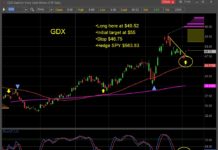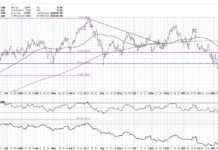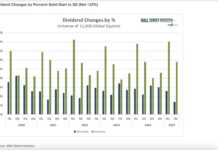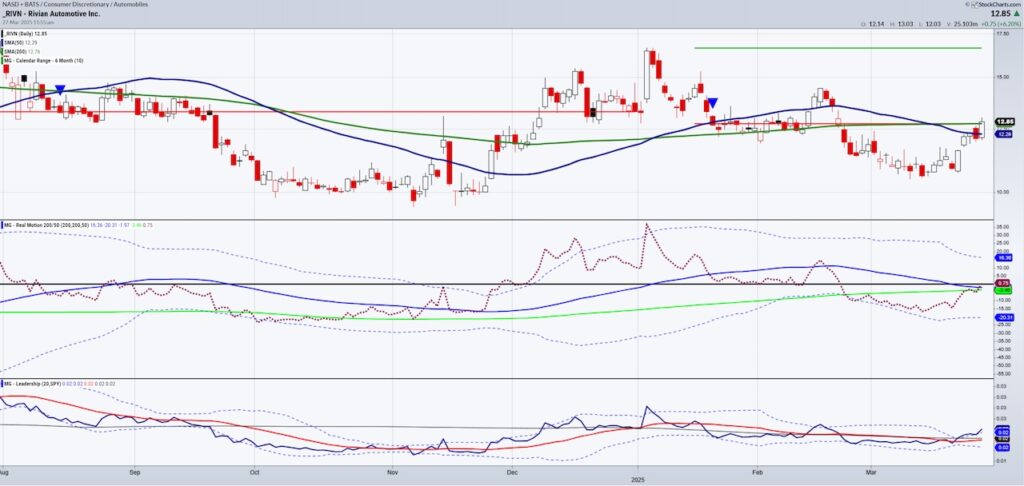
During corrections, one must assess which presents less or more risk.
Should you buy the dip on highflyers hoping you catch a bottom?
And, as I wrote on March 11th, do you keep buying the dip on highflyers thereby buying a falling knife and increasing the loss instead of leveraging the gain?
Or, in current market conditions, is it better to buy an instrument that has already bottomed out, evidence by a period of consolidation.
And then, wait for the breakout above the consolidation hence, giving the investor a much more logical risk point?
Let’s compare and contrast two stocks: Rivian (NASDAQ: RIVN) with Nvidia (NASDAQ: NVDA).
Rivian (RIVN), has found solid support at $10.00 for nearly a year.
During the recent sell off, Rivian did not make new lows, but rather held its ground.
RIVN consolidated from early March until last week in a range while other instruments failed.
The Real Motion indicator has shown bullish momentum and divergence for some time.
RIVN has taken leadership over the benchmark since mid-March.
Today, Rivian tested the 2 major moving averages and the January 6-month calendar rage low.
Should those levels clear… Your risk?
Long term under 10. Shorter-term under 11.75.
Nivida (NVDA) on the other hand…
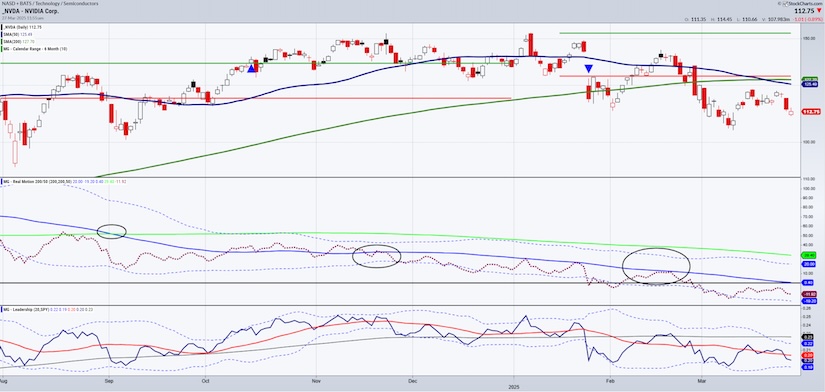
The MAG1, sexy company, one that analysts love to tout, one that has noting but a blue-sky future, one that is always a generational buy opportunity and one that few ever consider cyclical, has been hard on the bulls and the buy the dippers.
NVDA is in a bear phase.
It is under the January 6-month calendar range low.
The momentum, as seen by the circles, has been flashing a bearish divergence since September 2024.
NVDA has underperformed the SPY for some time.
And while there was a bottom formation on March 11th, my blog on it here,
A move under that March 11th low would hurt the dip buyers and possibly most of the market, including Rivian.
For now, the bigger point is buy strength and not weakness as oversold can get more oversold.
Twitter: @marketminute
The author may have a position in mentioned securities at the time of publication. Any opinions expressed herein are solely those of the author and do not represent the views or opinions of any other person or entity.

